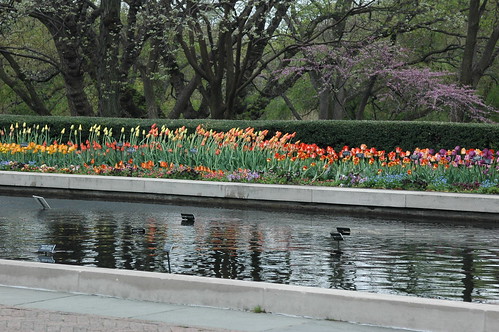There’s also Daffodil planting on Beverly Road this Sunday.
Green Thumbs Up! Some of the crew of volunteers who planted Daffodils last Sunday.
Weather permitting (as long as it’s not raining), we’ll continue planting Daffodil bulbs in the tree pits along Cortelyou Road this Saturday and Sunday morning. We’ll meet up at 10am in front of the library at the northeast corner of Argyle Road. Please bring your own tools and work gloves, if you have them. If you don’t we’ll have enough on hand to keep you busy!
This weekend, we’ll begin working our way West from Argyle Road toward Coney Island Avenue. If you can’t join us at 10am, look for the folks digging in the tree pits! Last weekend we finished up by 12:30pm, so please feel free to stop by and see how we’re doing.
And if you come on Sunday, bring some shopping bags and pick up some seasonal fruits and vegetables at the Greenmarket, which is open through the end of the month.
Related Posts
The Daffodil Project Plantings on Cortelyou Road, November 4




















































